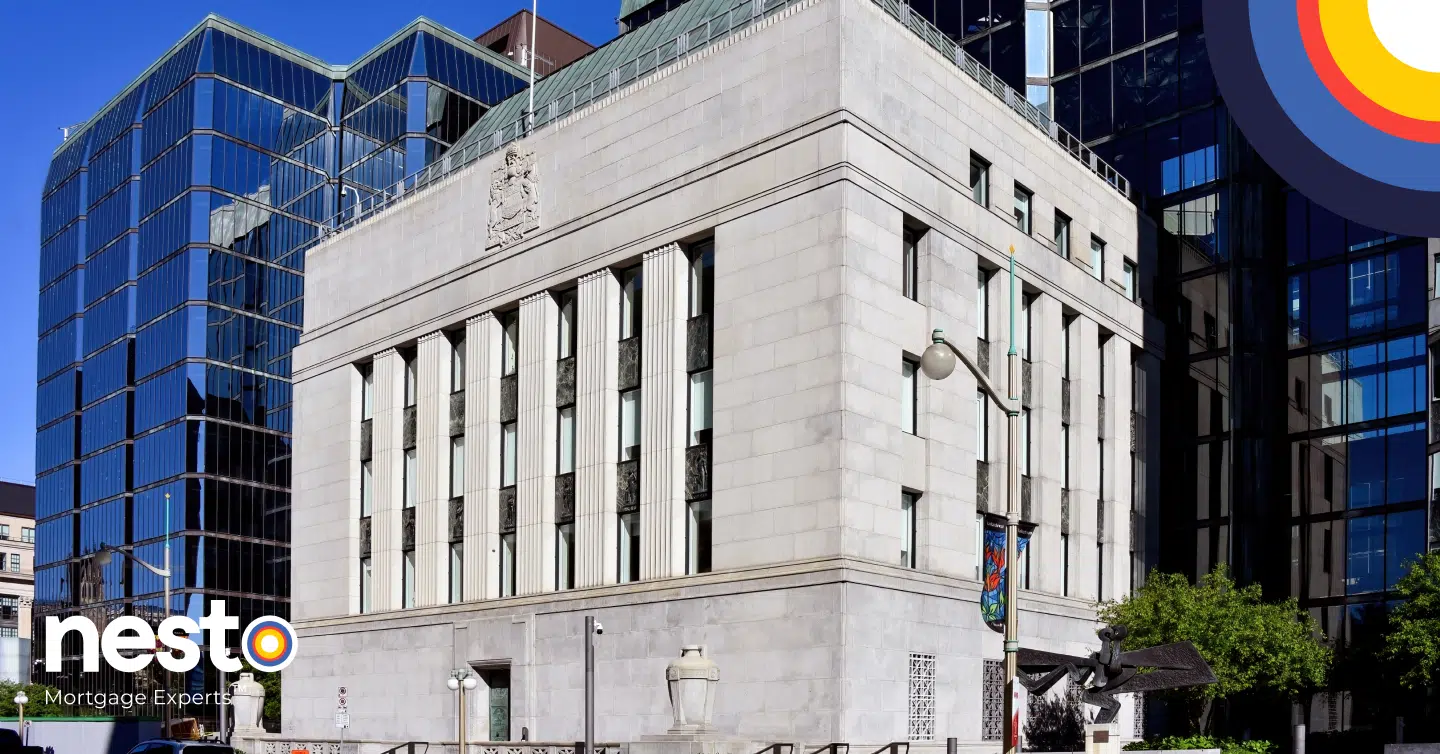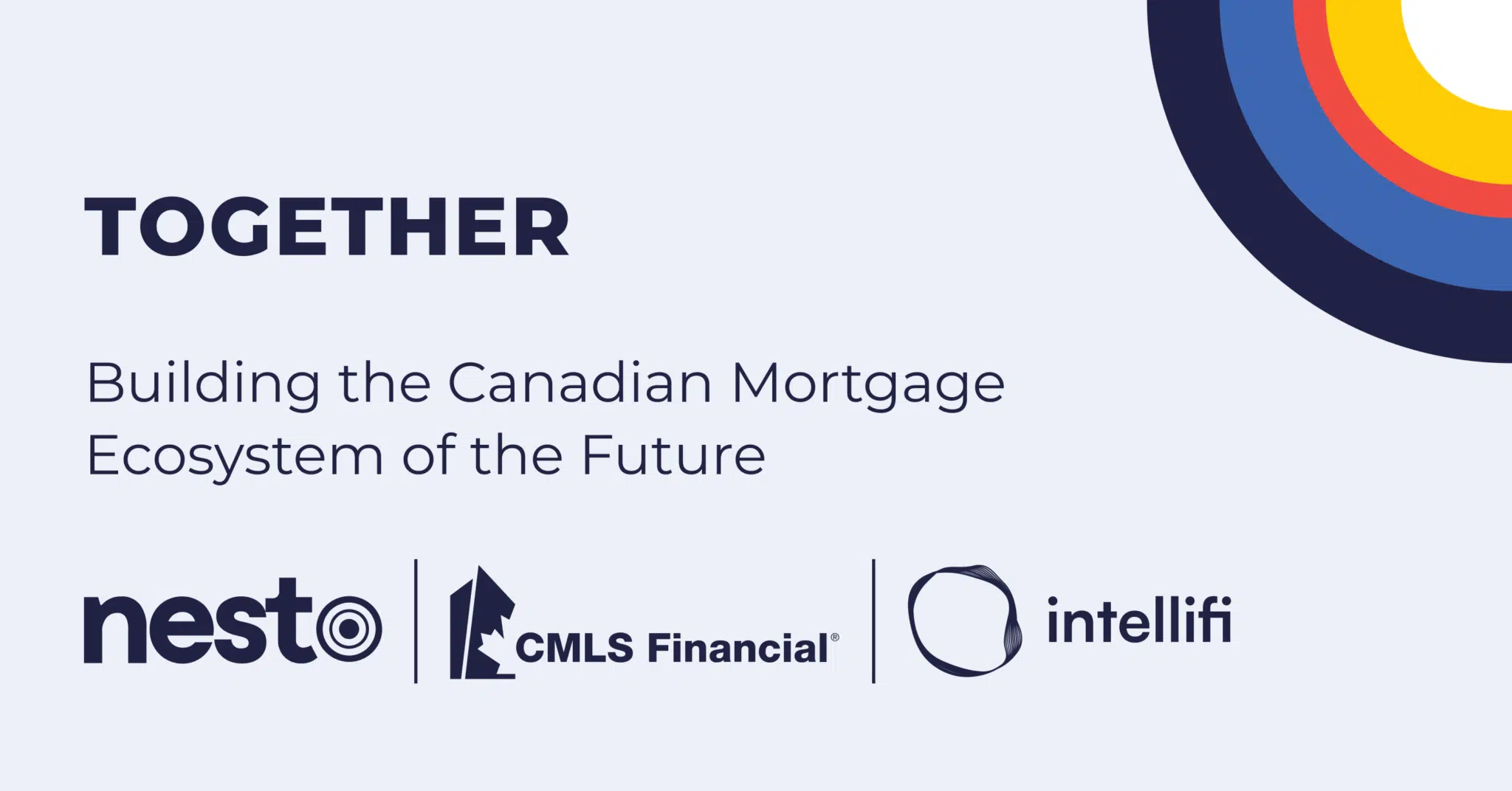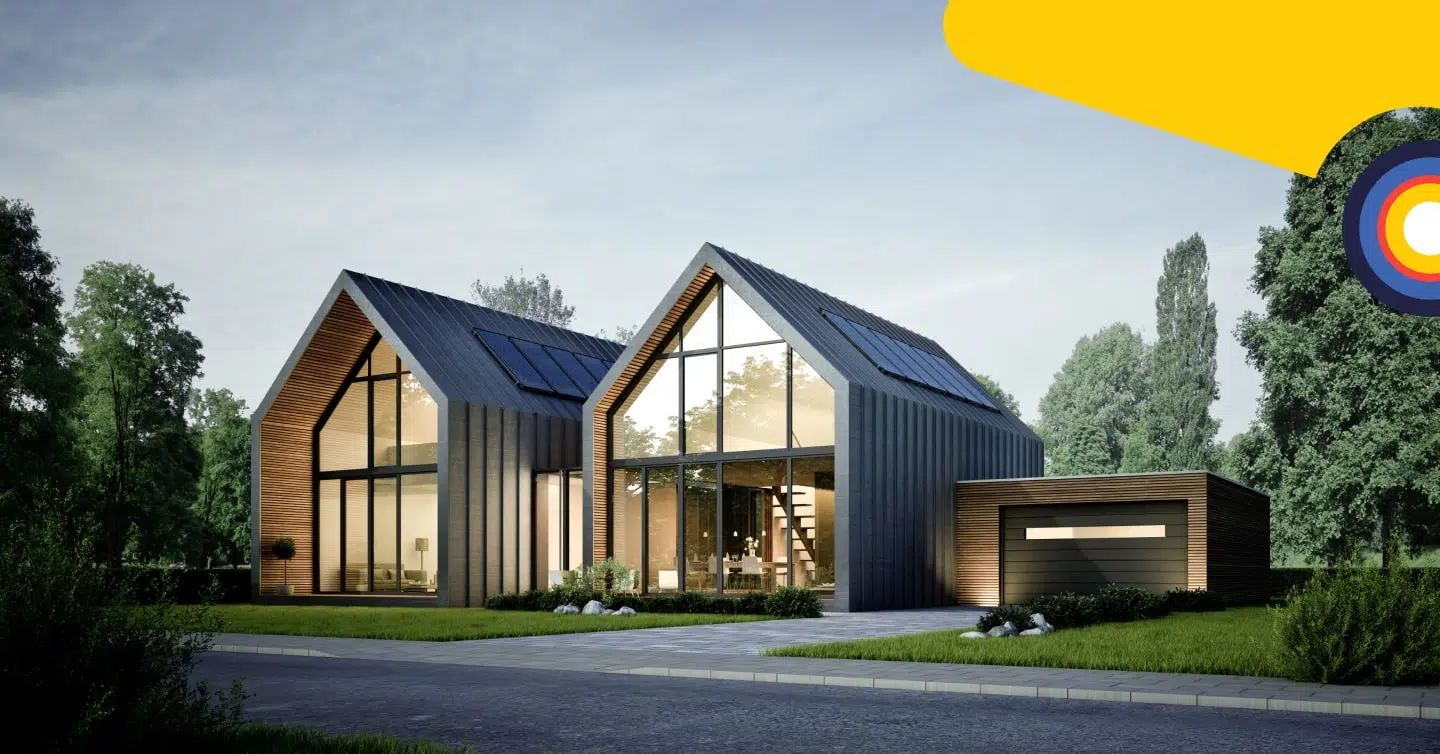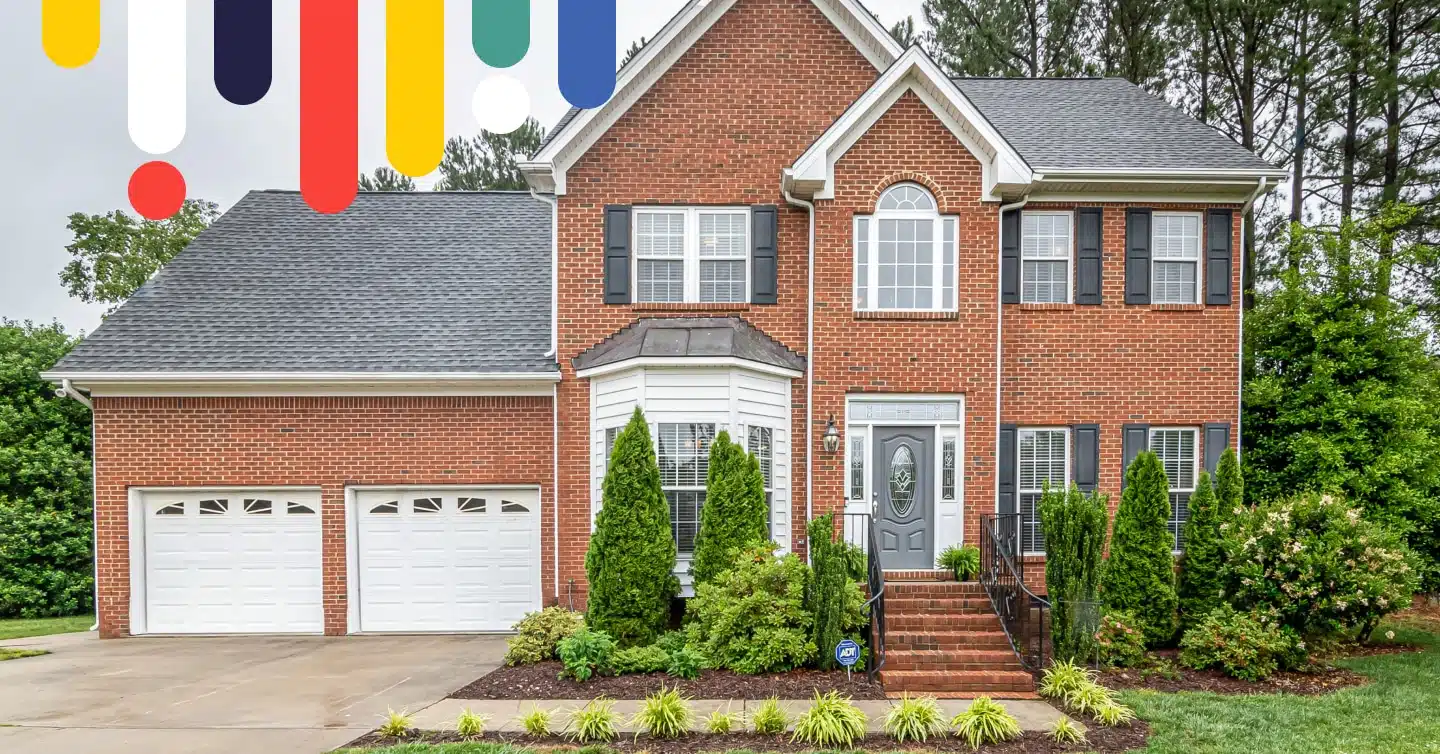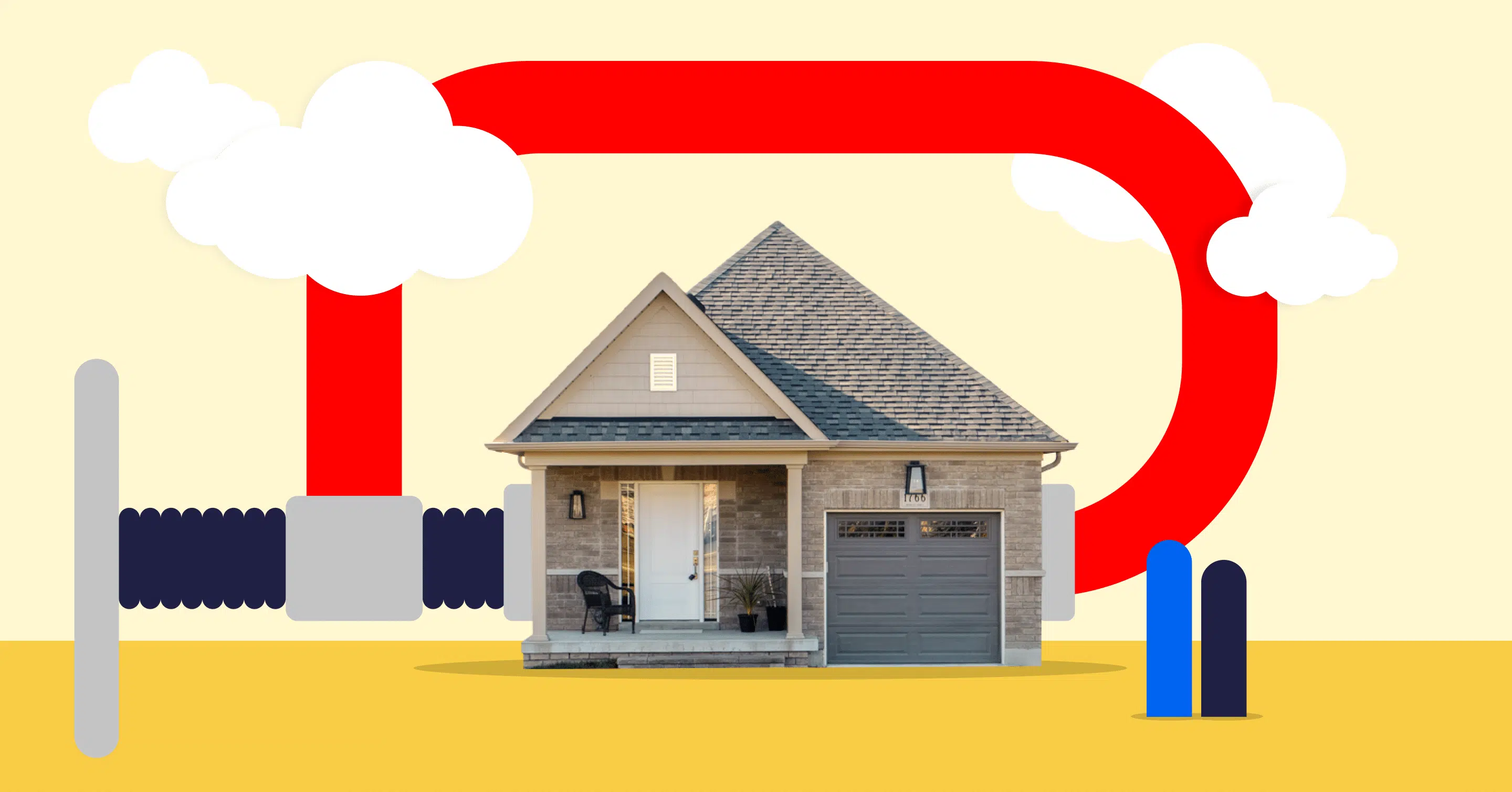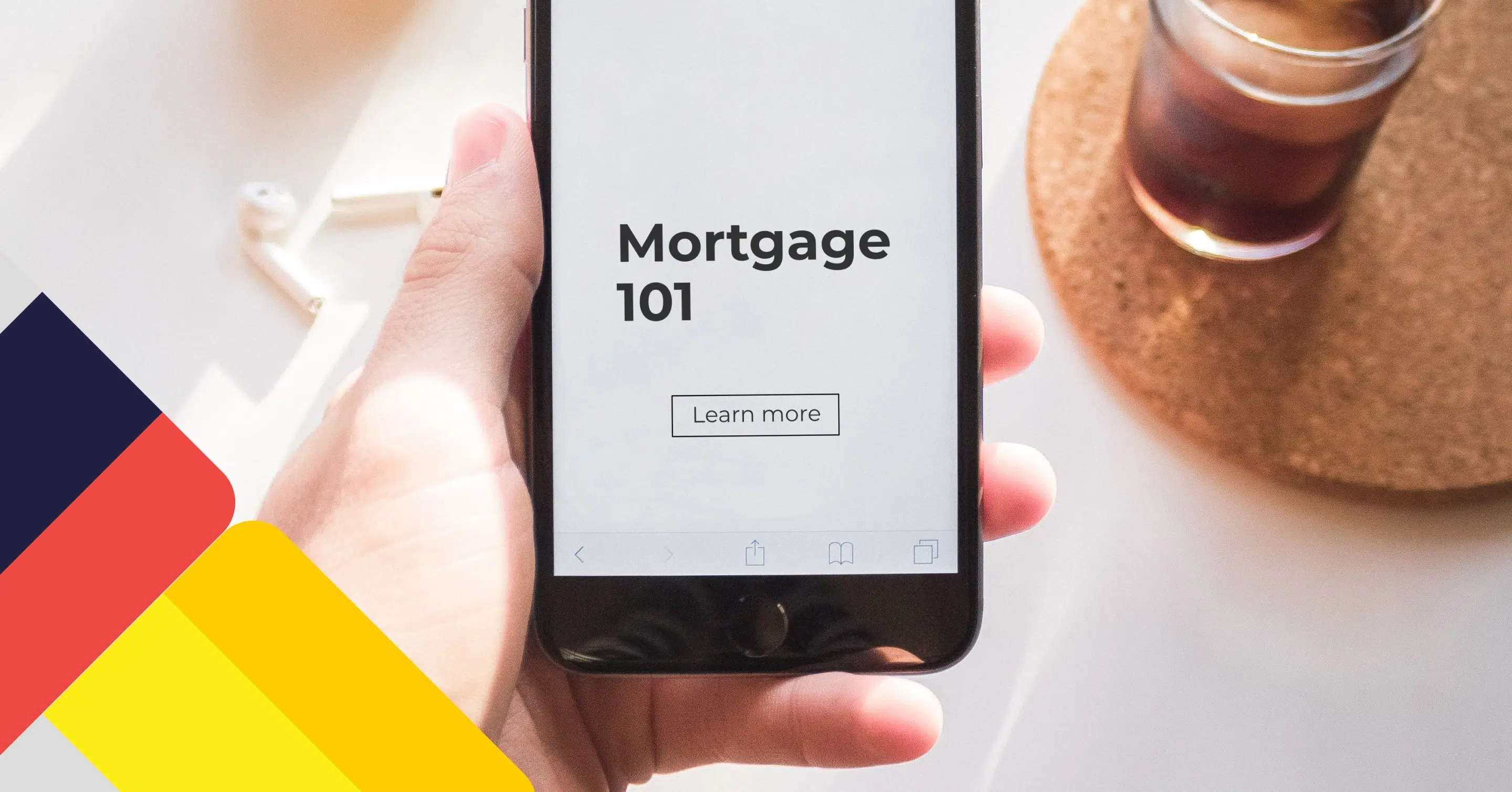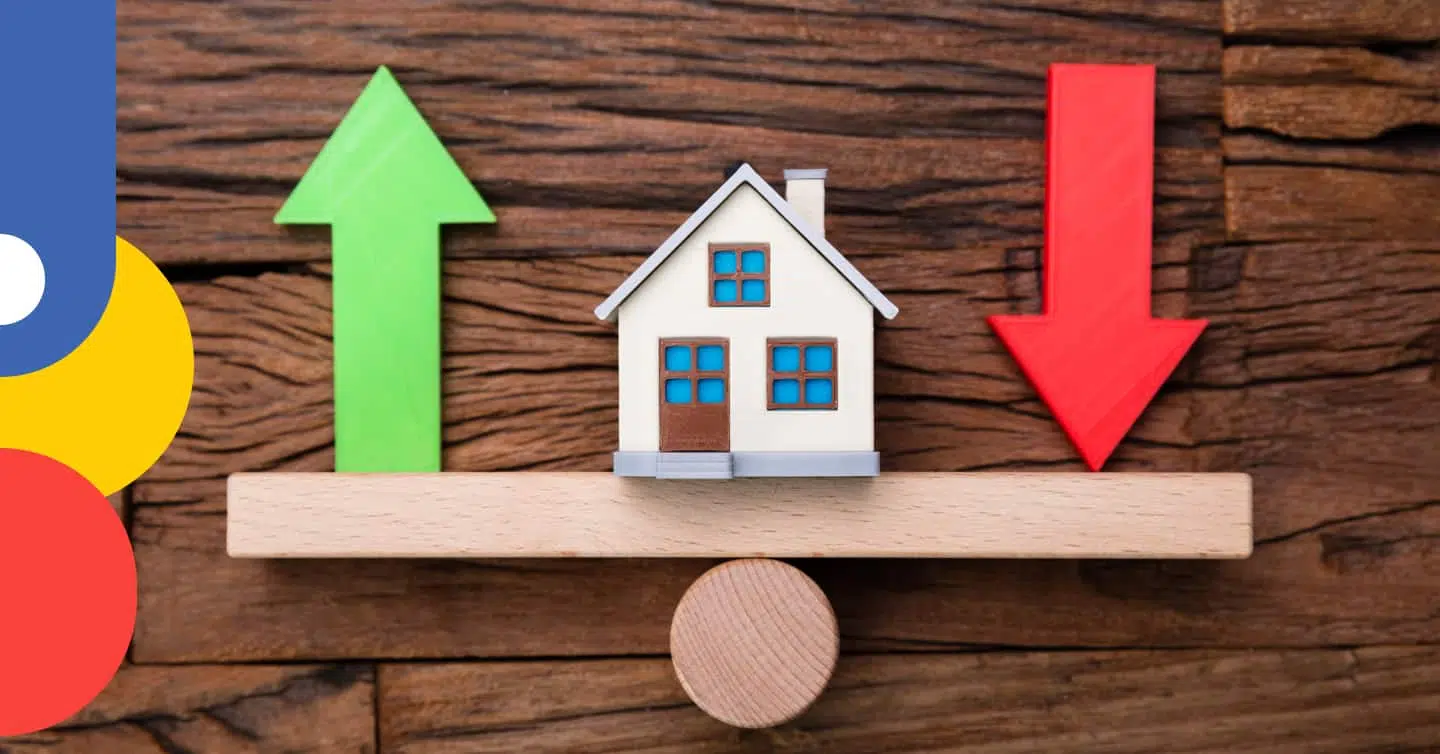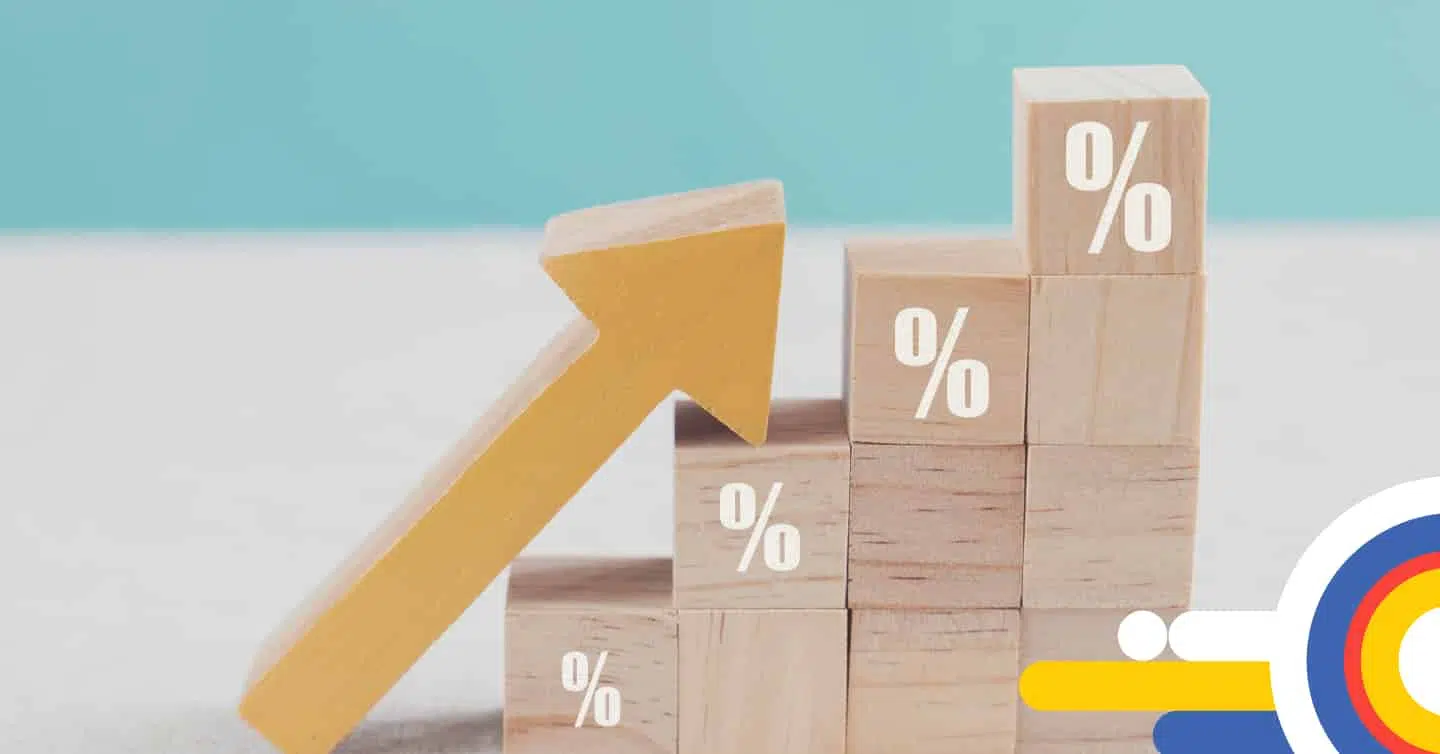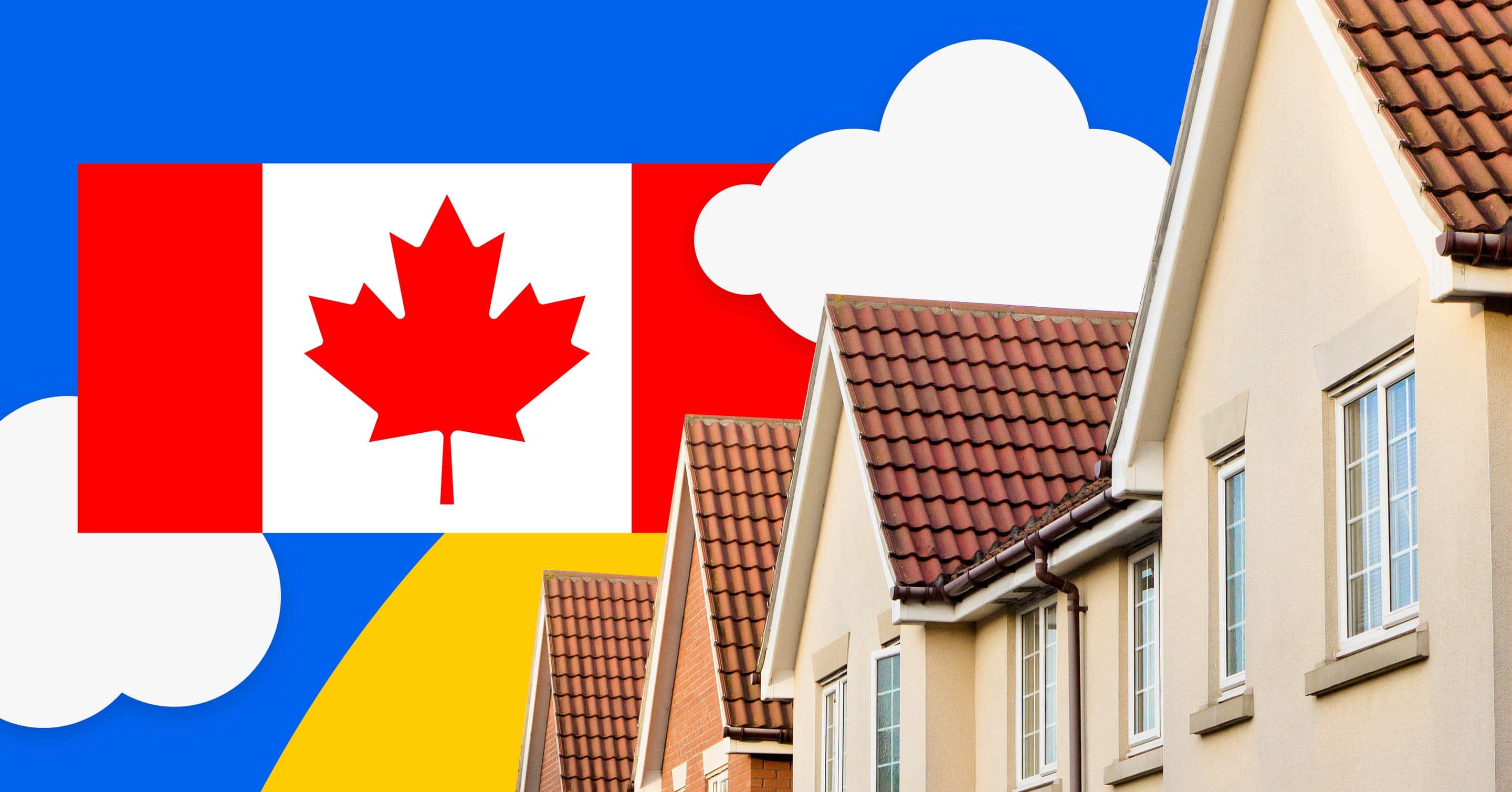What are Alternative Mortgage Lenders?

Table of contents
Securing a mortgage can be challenging for many prospective homeowners. Prime lenders, with their stringent lending requirements, dominate the mortgage market. These lenders can often be challenging for those who need to qualify with non-traditional income sources, a lack of employment history, debt, or lower credit scores. This is where alternative lenders in Canada come into play, offering an alternative solution to obtaining a mortgage.
With high home prices and interest rates, there is a growing trend toward alternative lending in Canada. This type of lending offers more flexible solutions for those who may not meet the higher bar set by prime lenders. This post will explore the alternatives that exist and what is available to help you realize your homeownership goals, whether you’re a first-time homebuyer entering the market or looking to refinance your mortgage.
Key Takeaways
- Alternative lending allows borrowers who may not meet the lending requirements of prime lenders to secure a mortgage.
- Alternative mortgages are often more flexible in their qualifying requirements, with the trade-off of higher interest rates.
- Choosing the right alternative lender requires a thorough assessment of your financial situation, risk tolerance, and short and long-term goals.
What Is Alternative Lending?
Alternative lending, also known as B lending, subprime lending, or private lending, provides alternative mortgage options for borrowers who do not meet the qualification criteria of prime lenders or require a mortgage solution typically not offered by prime lenders. These lenders offer mortgage solutions for borrowers with high equity or net worth, non-traditional or self-employed income sources, or unique financial circumstances. Alternative lenders include financial institutions, mortgage finance companies, mortgage investment corporations (MICs), independent private (syndicate) lenders and trust companies.
Pros & Cons of Alternative Mortgage Lending
Alternative mortgage lending caters to a wide range of borrowers. Higher home prices and interest rates make it harder to qualify for a mortgage, so alternative lending can be the solution to entering the housing market. However, there are pros and cons to weigh before considering an alternative mortgage lender for your mortgage.
Pros of Alternative Lending
- Flexibility: Alternative lenders have more flexibility when it comes to qualification criteria. Borrowers can be qualified based on the equity in the property and the assessment of their ability to repay the alternative loan, which allows for more flexible lending criteria. This will enable borrowers with higher debt-to-income ratios or other unique financial situations to secure a mortgage.
- Faster approval: Alternative lenders often have a faster approval process, which can benefit borrowers who need a quick turnaround time for financing.
- Financing options: Some alternative lenders can structure your mortgage payments, such as interest-only payments or other repayment terms tailored to each borrower’s unique needs.
- More property choices: Alternative lenders may be more willing to allow financing on properties that do not meet the lending criteria of prime lenders, giving you more options for properties and their locations.
Cons of Alternative Lending
- Shorter terms: Alternative lenders typically offer shorter terms and may not provide renewal options. This could result in higher monthly payments compared to longer mortgage terms offered by prime lenders.
- Higher interest rates: Alternative lenders typically charge higher interest rates than prime lenders due to the increased risk associated with lending on certain property types or to borrowers with higher debt service ratios who are self-employed or have non-traditional income sources.
- Limited options: Borrowers who opt for alternative lending solutions may face challenges renewing their mortgages and be forced to refinance if they want to switch to a prime lender. Refinance rates are typically priced higher than renewal rates.
Comparing Alternative and Conventional Mortgages:
Conventional mortgages from prime lenders and alternative mortgages have one thing in common: they both require a minimum down payment of 20%. Alternative mortgages provide access to funding for borrowers who cannot secure approval from prime lending sources or require access to higher debt-to-income ratios.
These solutions typically have higher interest rates, additional fees, and shorter mortgage terms. Alternative lending solutions may not be as strictly regulated as prime lending, so a thorough evaluation of all terms and conditions should be conducted before considering this option.
Conventional mortgages provide access to funding for borrowers who qualify under the strict lending requirements of prime lenders. These lenders require stable employment and income, strong credit scores, and acceptable debt-to-income ratios, and you must pass the mortgage stress test when assessing your ability to repay the mortgage.
Interest rates for conventional mortgages tend to be lower than those of non-prime lenders due to the lower risk they pose for prime lenders and lower funding costs. These types of mortgages are reserved for borrowers who can afford a 20% or more down payment or are looking for amortizations for up to 30 years.
Conventional mortgages do not require the borrower to pay mortgage default insurance versus high-ratio mortgages, which do and are sometimes known as insurable (up to 25 years amortization) or uninsured mortgages (up to 30 years amortization).
Commission-free loans tailored to you
Chat with a nesto expert today, commission-free, and secure your rate.
Types Of Alternative Mortgage Lenders
Several alternative mortgage lenders in Canada offer mortgage solutions to suit each borrower’s unique circumstances.
Private Mortgages
A lending solution offered by individuals or entities without strict regulations. These mortgages provide flexible non-income qualified (NIQ) financing for borrowers with poor or no credit history or other issues that disqualify them from A and B lending solutions.
Private mortgages are typically a short-term solution with lending terms of 3 to 6 months and generally have significantly higher interest rates than A and B lending. Private mortgages will come with interest-only payments and require an exit strategy, as the lender/investor may decide not to renew at the end of your term.
B Lending Mortgages
Mortgage solutions for borrowers who do not meet the strict lending qualifications of A lenders. These mortgages offer financing to borrowers with higher equity or net worth, who are self-employed or have non-traditional income sources, and other issues that disqualify them on the A lending side. B lending mortgages typically have higher interest rates than A lending solutions and terms of up to 1 year, though some lenders will offer terms of up to 5 years.
Bridge Financing
Also known as a bridge loan, it is a type of short-term financing for homeowners to cover the purchase of a new home while waiting to complete the sale of their current home. What differentiates a short-term private loan from bridge financing is that both the purchase and sale prices are firm. The difference between the purchase and sale prices is borrowed to put toward the down payment and closing costs.
A bridge loan as a lending solution typically lasts up to 90 days, as lenders prefer to keep it from reporting more than 1 fiscal quarter on their books. In some instances, it can extend for longer, while interest rates are much higher compared to prevailing interest rates. In Canada, prime lenders typically offer bridge financing where a PPSA lien is registered against the property sold to account for the difference between the sale price and the seller’s equity. In contrast, private lenders may offer it as a short-term, temporary loan.
Reverse Mortgage
A mortgage loan solution for those 55 or older. A reverse mortgage leverages up to 55% of the borrower’s home equity, which is determined based on the borrower’s age, appraised value of the home, and the lender. Reverse mortgages give borrowers access to tax-free cash and don’t require monthly repayments. Instead, payments can be made at any time or are required when the borrower sells, moves out or dies.
Reverse mortgages are federally mandated to come with a no negative equity guarantee, meaning that the borrower will never owe more than what the property can be sold for.
Construction Loans
A type of mortgage that allows the borrower to finance the purchase of a home that has yet to be built. Similar to a purchase plus improvement on the prime lending side, this type of mortgage is paid out in smaller increments as each construction phase is completed, rather than a lump sum amount, which is typical with other types of mortgages.
Second Mortgages
A type of mortgage that is taken out on an already mortgaged property. A second mortgage is typically set up as a home equity line of credit (HELOC) or home equity loan. The amount borrowed is generally lower than the first mortgage since it uses the equity built up in the home, and interest rates are higher to compensate for the additional risk of the mortgage being in second position. Borrowers who set up secondary financing should be aware that they’ll need to pay the second mortgage first if they wish to have access to the best rates if switching lenders at the time of renewal.
Borrowers will require authorization from their first mortgage lender to avoid recall before setting up a second mortgage. They will also require postponement from their second mortgage holder as an understanding that their first mortgage lender will be covered first if default occurs. Borrowers with multiple active registrations on their home titles will need to refinance at higher rates if they decide to switch lenders at the maturity of their first mortgage.
Self-Employed Mortgages
A type of mortgage for borrowers who earn income that is not salaried or paid from a corporation in which they have majority ownership. Self-employed mortgages can either be through prime (A) or subprime (B) lending, depending on how the income is qualified.
Self-employed borrowers benefit from subprime mortgages as the interest charged is usually less annually than the taxes on a higher income over two years to qualify for a higher mortgage amount. Non-prime underwriting makes allowances for self-employed borrowers to leave their income in their corporation, thus avoiding personal income taxes.
Vendor Take Back (VTB) Mortgages
Vendor take back mortgages are a type of mortgage where the seller of the property is also the lender. With this type of mortgage, the seller acts as the mortgage lender and must own the home outright. The borrower will make regular payments to the seller with the home used as collateral in the event the borrower defaults on the loan.
Historically, these types of mortgages were quite common before the National Housing Act and when homes were less costly. However, with streamlined lending guidelines and mortgage funds widely available, borrowers prefer to owe money to their bank.
Rent-to-Own
Rent-to-own is a type of agreement between either a landlord or a rent-to-own company. The borrower rents a home with an arrangement to have a portion of monthly rent payments set aside to be used at a later date as the down payment to purchase the property. Rent-to-own agreements provide the option to purchase the property at any time during the lease period or at the end of the lease term.
Who Are The Prime and Alternative Lenders In Canada?
Prime Mortgage Lenders
Prime lenders have strict eligibility requirements that consider your entire financial situation. These types of lenders provide mortgages to those meeting strict lending requirements. Prime lenders typically offer A lending mortgage financing options, which include a good credit rating, consistent, verifiable income, acceptable debt service ratios, and the required downpayment based on the home’s purchase price.
Prime lenders may also include some B lending options. All A lenders may be considered prime lenders. However, the reverse may not always be true. A lenders are generally deposit institutions and banks, specifically better-known chartered banks, that keep their mortgage funding costs down by using their deposits for investments on their own or other lenders’ mortgage portfolios.
Alternative Mortgage Lenders
Alternative mortgage lenders come in all shapes and sizes. Each will have different interest rates and approval requirements, total borrowing amounts, and eligibility criteria. Alternative lenders typically access their mortgage funds through deposits, investors on their subprime lending, or Canada Mortgage Bonds (CMBs) if they have a prime lending side.
Here is a list of several current lenders in Canada by mortgage type.
Private Mortgages
- Alpine Credits
- Alta West Capital
- Atrium MIC
- Bridgewater Bank
- Canadian Mortgages Inc. (CMI)
- Capital Direct Lending Corp.
- Clover Mortgage
- Ginkgo MIC
- Haventree Bank
- HomeEquity Bank
- JV Capital
- New Haven Mortgage Corporation
- Prudent Financial
- RiverRock MIC
- Royal Canadian Asset Management Inc.
- ThreePoint Capital
- Vault Mortgage Corp.
- Westboro MIC
B Lender Mortgages
- CMLS (Aveo)
- Equitable Bank (B)
- First National (B)
- Home Trust (Classic)
- MCAP (Eclipse)
- Merix Financial (Lendwise / NPX)
- XMC Mortgage Corporation (Uninsured)
- Optimum Mortgage
- RFA (non-prime)
Prime Lender Mortgages
- Tangerine
- CMLS
- Equitable Bank (A)
- First National
- Home Trust (A)
- MCAP
- Merix Financial
- XMC Mortgage Corporation
- Radius Financial
- RFA
- Simplii Financial
- Candian Western Bank
- Marathon Mortgage
Bridge Financing
- BMO
- CIBC
- Desjardins
- First National
- MCAP
- National Bank
- RBC
- Scotiabank
- TD
Reverse Mortgage
- Equitable Bank (B)
- HomeEquity Bank
Construction Loans
- First National
- MCAP
- RBC
- TD
Second Mortgages
- Alpine Credits
- Canadian Mortgage Inc. (CMI)
- Fairstone
- Nuborrow
- Simplii Financial
Self-Employed Mortgages
- BMO
- CIBC
- Equitable Bank
- First National
- Home Capital
- MCAP
- Merix Financial
- National Bank
- RBC
- Scotiabank
- TD
Market Share of Outstanding Mortgages
| Mortgage Lender Type | Market Share (Q1 2023) |
|---|---|
| Big 6 Banks | 73.10% |
| Credit Unions | 13.10% |
| MFC, insurance and trust companies | 6.8% |
| Other Chartered Banks | 5.8% |
| Private Lenders | 1.1% |
Market Share of Newly Extended Mortgages
| Mortgage Lender Type | Market Share (Q1 2023) |
|---|---|
| Big 6 Banks | 53.8% |
| Credit Unions | 16.1% |
| MFC, insurance and trust companies | 15.4% |
| Private Lenders | 8.0% |
| Other Chartered Banks | 6.8% |
To put the shift in demand from conventional to alternative mortgages into perspective, according to the Canada Mortgage and Housing Corporation’s latest Residential Mortgage Industry Report, the Big 6 Banks accounted for 73.1% of outstanding mortgages and only 53.8% of new mortgages in Q1 2023.
How to Find an Alternative Mortgage Lender in Canada?
Finding an alternative mortgage lender is similar to finding a prime mortgage lender. Since alternative lenders offer different mortgage solutions with their own terms and conditions, you will first need to understand what you are looking for to ensure the alternative mortgage selected will meet your needs.
To find the right alternative lender, ask for personal recommendations from friends and family, research the lender and look at reviews, or consult a mortgage professional who can offer personalized advice and help you determine which solution will work best.
Frequently Asked Questions
When should I consider alternative lending?
Alternative lending should be considered when prime mortgage lenders have declined your mortgage application or when your financial situation does not meet the strict lending requirements for these lenders.
Who should get an alternative mortgage?
Alternative mortgages are ideal for those with nontraditional income sources, insufficient employment history, low credit scores, or high debt-to-income ratios. They are most suitable for self-employed borrowers who are paid as principals of their corporation.
Who should get a conventional mortgage?
Conventional mortgages are ideal for those with a stable employment history, traditional verifiable income sources, low debt-to-income ratios, and good credit history. Ideally, conventional mortgages are suitable for borrowers not looking for a mortgage beyond 4.5 times their 2-year average of their gross annual income.
Do alternative lenders give high or low interest rates?
Alternative lenders typically charge higher interest rates than prime lenders due to the increased risk associated with alternative lending and the higher risk of default without coverage without the government-backed portfolio default insurance.
Final Thoughts
Alternative lenders in Canada offer mortgage solutions for those who may otherwise struggle to secure a mortgage through prime lenders. Whether you’re a first-time home buyer (FTHB) or looking to refinance your existing mortgage, considering alternative lending options can provide a viable and flexible route toward achieving your homeownership goals.
There are a number of alternative mortgages available for a variety of situations. With the onset of higher property values and payment shock at renewal, more Canadians are opting for alternative lending solutions each year.
If you want to learn more about how to get a mortgage in Canada, speak to one of our mortgage experts today.
Ready to get started?
In just a few clicks, you can see our current rates. Then apply for your mortgage online in minutes!


